Physical Address
304 North Cardinal St.
Dorchester Center, MA 02124
Physical Address
304 North Cardinal St.
Dorchester Center, MA 02124
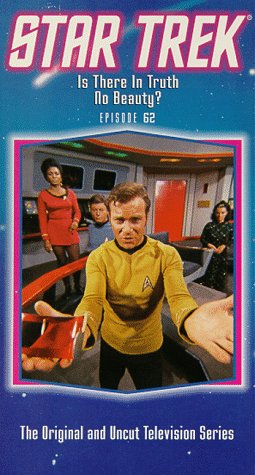
“Is There in Truth No Beauty” is a standout episode from Season 3 of Star Trek: The Original Series, delving into themes of perception, acceptance, and the nature of true beauty. This thought-provoking story introduces the enigmatic Medusan ambassador and features a memorable guest appearance by Diana Muldaur as Dr. Miranda Jones. Fans continue to discuss the episode on platforms like Reddit for its unique cast, intriguing plot, and deeper philosophical questions. As part of a season that also includes episodes like “Spectre of the Gun,” this installment remains a favorite among audiences who appreciate Star Trek’s exploration of complex, timeless ideas.
“Star Trek: Is There in Truth No Beauty?” is a fascinating episode from the original series that blends science fiction with deep psychological and emotional themes. The story revolves around Ambassador Kollos, a Medusan whose appearance drives humans insane, and his human aide, Dr. Miranda Jones, who is blind but telepathic, allowing her to safely interact with Kollos. The plot thickens when a jealous scientist named Marvick, who desires Miranda, tries to sabotage the mission by attempting to kill Kollos and hijacking the Enterprise, taking it outside the galaxy. To save the ship and crew, Spock must perform a risky mind-meld with Kollos, merging their minds to navigate back to safety. However, this exposes Spock to the Medusan’s terrifying appearance, nearly driving him mad. Miranda ultimately helps Spock recover, overcoming her jealousy. This episode is notable for its quiet, character-driven drama and exploration of themes like perception, beauty, and emotional control, making it a standout in the Star Trek canon. It also features Diana Muldaur in a memorable role and includes the iconic “IDIC” symbol, which represents Infinite Diversity in Infinite Combinations.
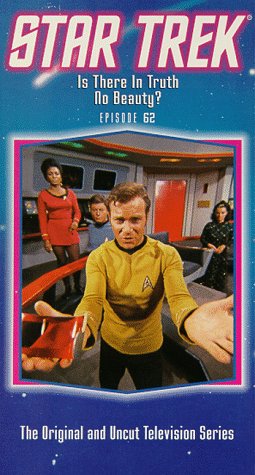
The Star Trek episode “Is There in Truth No Beauty?” from Season 3 is a fascinating and somewhat unusual story that stands out in the later part of the original series. It features the Enterprise encountering the Medusans, alien beings whose appearance drives humans mad. To prevent this, the Medusan ambassador Kollos is kept in a special sensory box, and Dr. Miranda Jones, a telepath and blind scientist, works closely with him. The episode explores themes of beauty, perception, and the limits of human understanding, with Spock reflecting on the ancient Greek idea that what is good must also be beautiful, challenging that notion through the story.
The plot thickens when Larry Marvick, a crew member obsessed with Dr. Jones, tries to kill Kollos out of jealousy, leading to chaos aboard the ship. Marvick’s actions cause the Enterprise to veer into uncharted space, and Spock must perform a risky mind-meld with Kollos to navigate back. The episode is notable for its eerie atmosphere, strong performances, and the way it blends psychological drama with classic sci-fi adventure. Despite some of the third season’s production challenges, this episode remains a highlight for its thoughtful storytelling and unique tone.
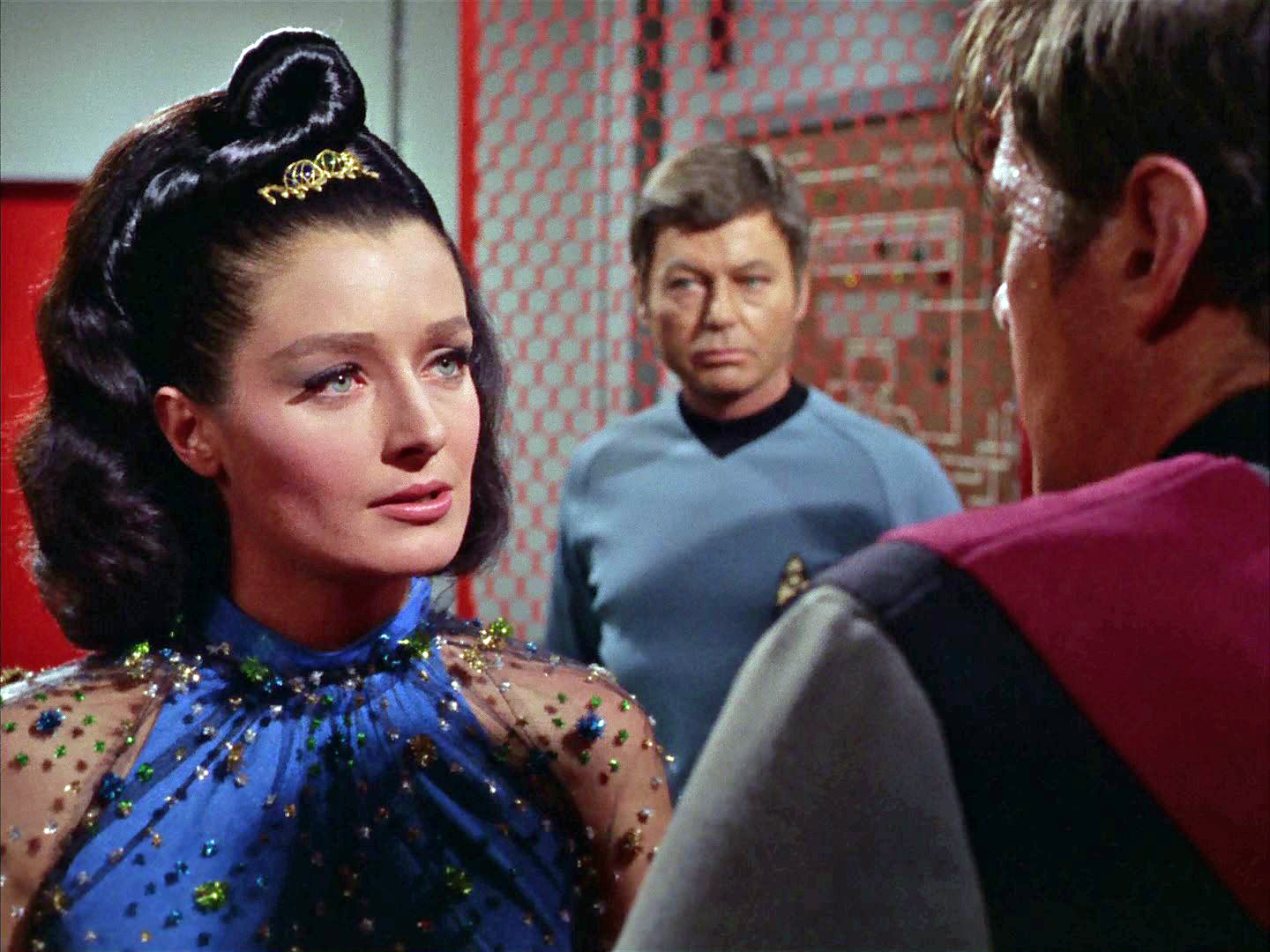
The cast of the Star Trek episode “Is There in Truth No Beauty?” features many familiar faces from the original series. William Shatner stars as Captain James T. Kirk, Leonard Nimoy plays Mr. Spock, and DeForest Kelley appears as Dr. Leonard McCoy. A notable guest star is Diana Muldaur, who portrays Dr. Miranda Jones, a human telepath and aide to the Medusan ambassador. David Frankham plays Larry Marvick, an engineer whose actions drive much of the episode’s tension. The rest of the Enterprise crew includes James Doohan as Scotty, George Takei as Sulu, Nichelle Nichols as Uhura, and Walter Koenig as Chekov, all reprising their iconic roles. Several uncredited actors fill smaller parts, such as lieutenants and yeomen, rounding out the cast. The episode is directed by Ralph Senensky and written by Gene Roddenberry, Jean Lisette Aroeste, and Arthur H. Singer. This ensemble brings to life a story that blends psychological drama with classic Star Trek sci-fi themes, making it a memorable installment for fans.
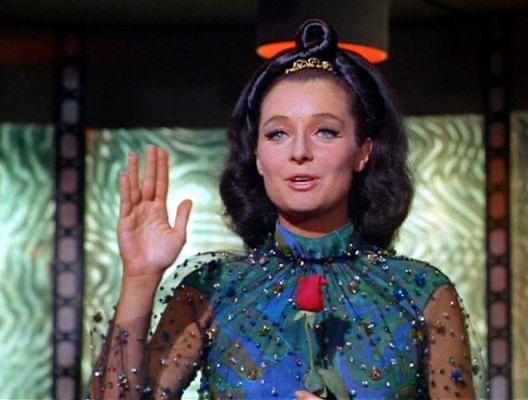
The Star Trek episode “Is There in Truth No Beauty?” is a fascinating and somewhat unusual story from the original series’ third season. It explores deep themes about beauty and perception through the character of Ambassador Kollos, a member of the Medusan race, whose appearance is so alien and intense that it drives humans mad just by looking at him. Interestingly, the episode suggests that Kollos is actually beautiful in a profound, non-physical way, contrasting with Dr. Miranda Jones, who is conventionally beautiful but emotionally complex. The story uses this contrast to question what true beauty really means and how it affects human emotions and relationships.
The episode is notable for its quiet, character-driven moments rather than action, despite featuring dramatic events like the hijacking of the Enterprise and Spock’s mental turmoil. It also introduces the concept of the mind meld in a darker, more intense form, almost like possession. Fans appreciate its literary roots—the title comes from a 17th-century poem by George Herbert—and its thoughtful, highbrow sci-fi approach, even if some plot points feel familiar or a bit strange, like the Medusans’ Greek mythology-inspired name. Overall, it’s a memorable episode that stands out for its philosophical depth and emotional complexity.
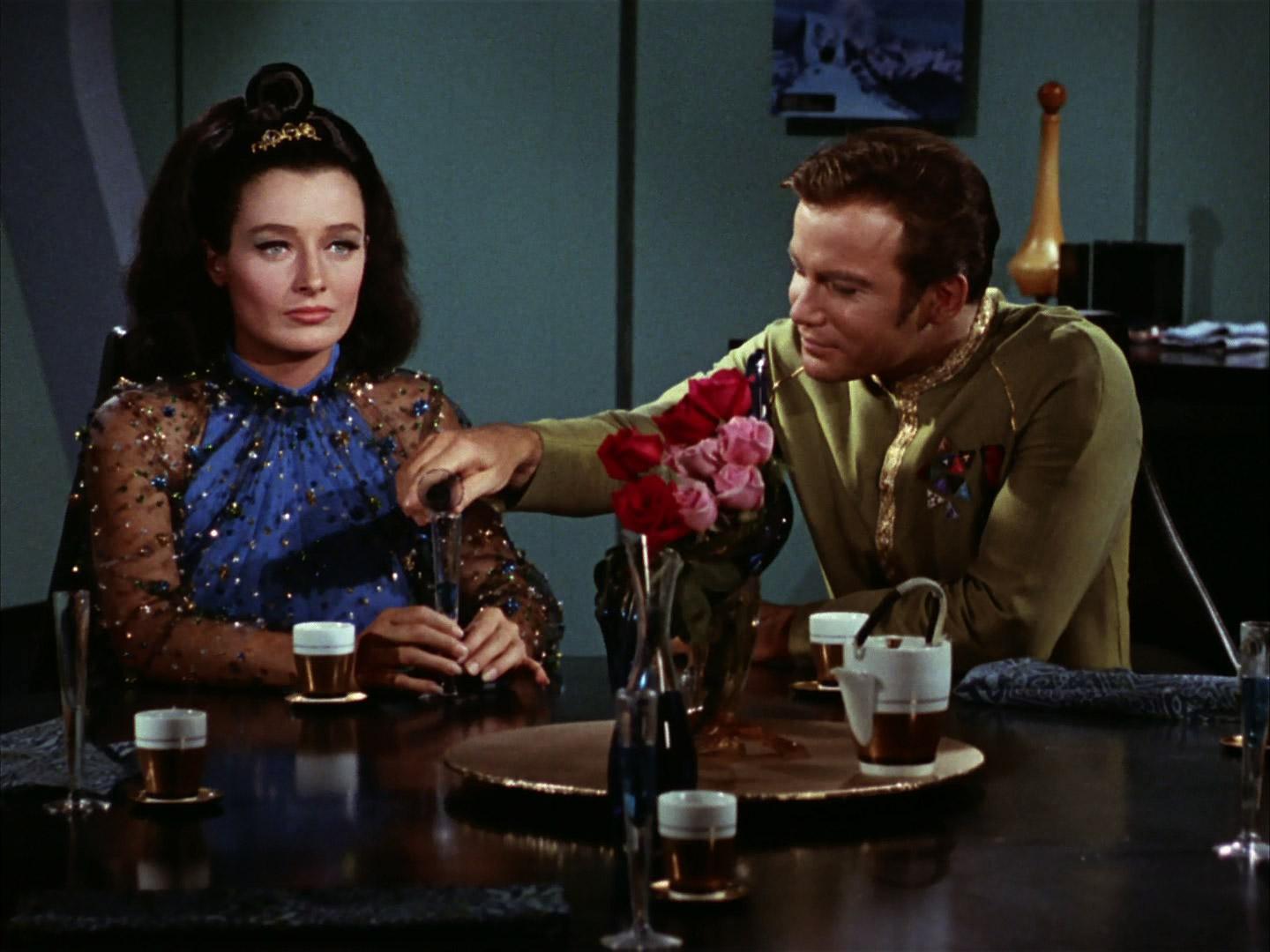
The phrase “Is There In Truth No Beauty?” invites us to reflect on the relationship between truth and beauty, questioning whether truth itself can be beautiful or if beauty is only found in illusion or fiction. This idea is explored in a Star Trek episode of the same name, which challenges the notion that beauty is merely skin-deep or subjective. The episode, inspired by a poem from George Herbert, suggests that truth can indeed be beautiful, even if it is strange or difficult to perceive. It also raises the question of who gets to decide what is beautiful and how that perception affects our emotions and understanding of reality. The story features the Medusans, a species whose appearance is so alien it drives humans mad, yet they possess a profound intellectual and telepathic beauty that some characters can appreciate. This contrast highlights that beauty is not just about outward appearance but can be found in deeper truths and qualities. Ultimately, the question “Is there in truth no beauty?” encourages us to look beyond surface impressions and consider the profound beauty that truth may hold, even if it challenges our usual ideas.
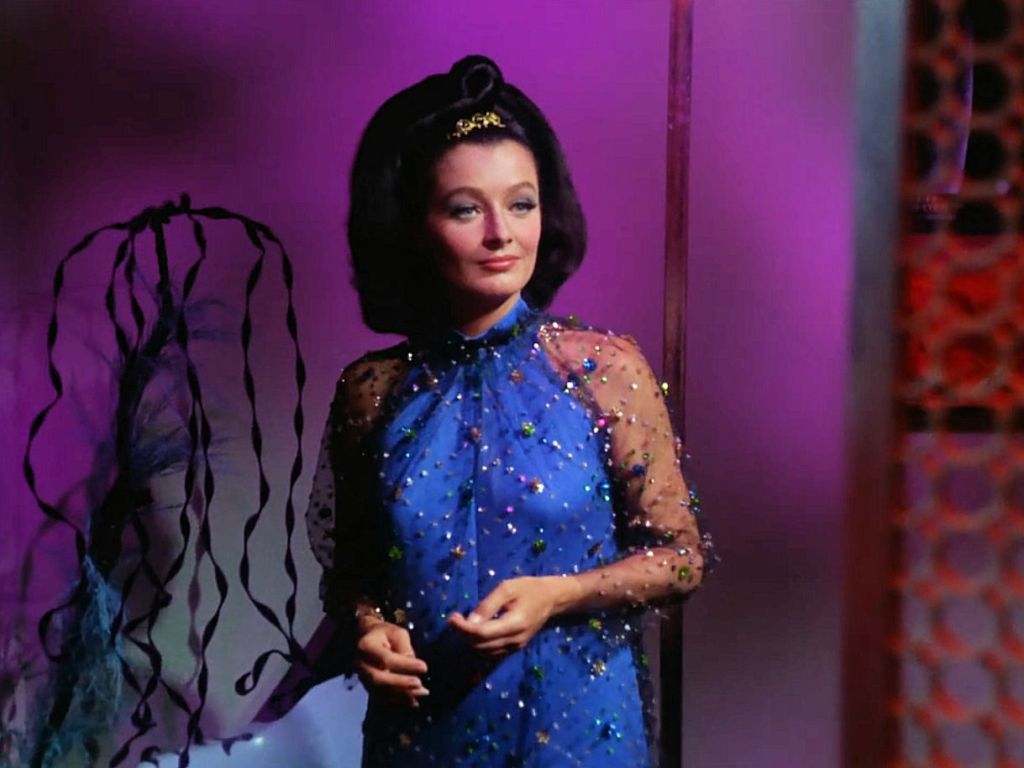
The Medusans in Star Trek are a fascinating and mysterious species known for their powerful mental abilities and unique non-corporeal form. They are telepathic beings whose appearance is so disturbing that any humanoid who looks directly at them risks going insane, which is why they are always transported in special containers or viewed through protective visors. This intriguing trait was first explored in the Original Series episode “Is There in Truth No Beauty?” where the Medusan ambassador Kollos was escorted by the USS Enterprise crew. Despite their unsettling appearance, Medusans possess extraordinary navigational skills, making them valuable allies in interstellar travel.
More recently, the Medusans have been brought to life with a fresh perspective in Star Trek: Prodigy through the character Zero. Unlike previous portrayals, Zero is a Medusan with a distinct personality who escapes captivity and becomes a key member of the Protostar crew. Zero’s story adds depth to the species by showing their interactions, emotions, and even hints of romance, broadening our understanding of the Medusans beyond their enigmatic origins. This evolution highlights how Star Trek continues to explore complex alien cultures in new and engaging ways.
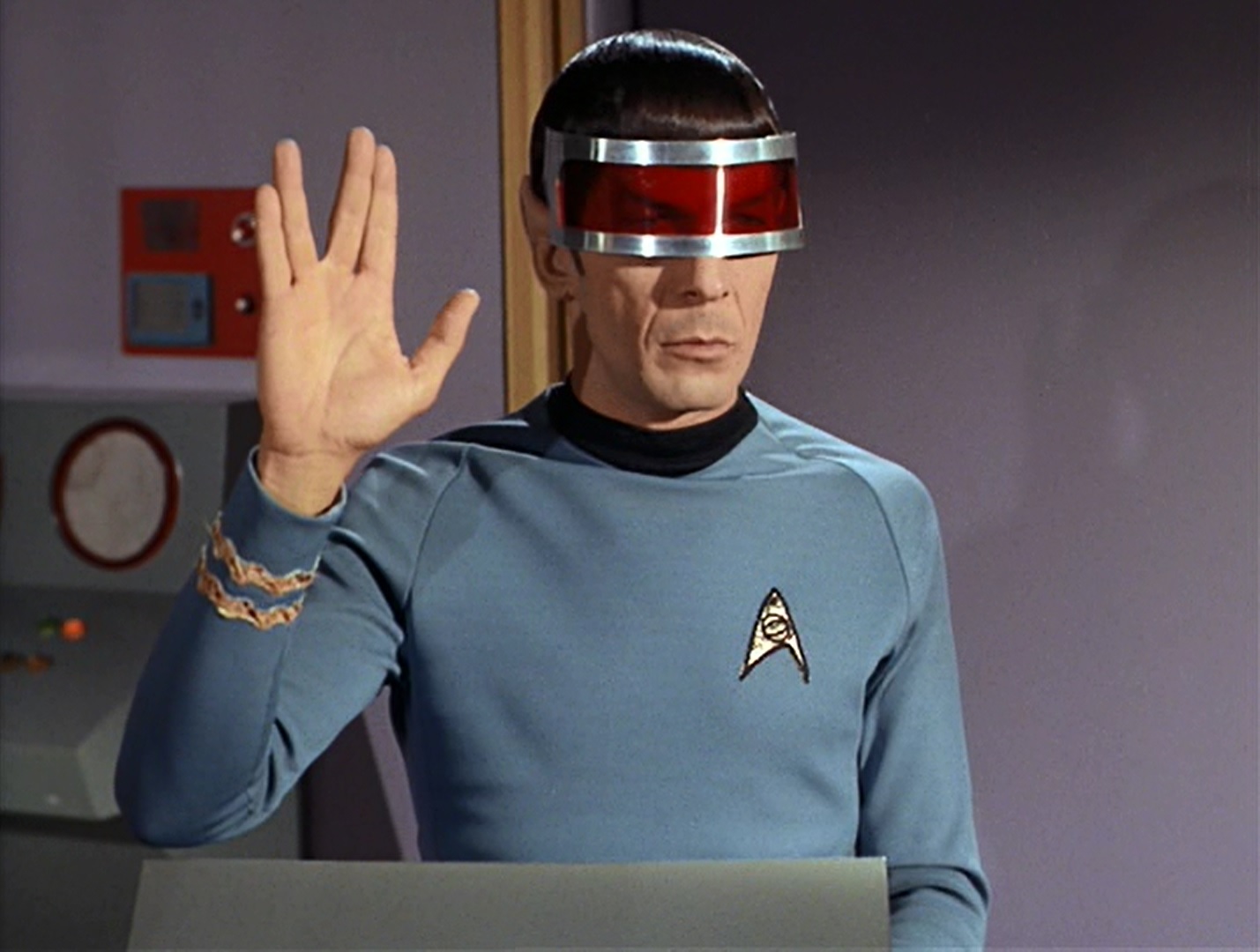
Star Trek Season 3 Episode 5, titled “Is There in Truth No Beauty?”, features a strong cast led by the iconic William Shatner as Captain James T. Kirk, Leonard Nimoy as Mr. Spock, and DeForest Kelley as Dr. Leonard McCoy. Diana Muldaur stars as Dr. Miranda Jones, marking her second appearance in the original Star Trek series before later joining Star Trek: The Next Generation. The episode also includes David Frankham as Larry Marvick, James Doohan as Montgomery Scott, George Takei as Hikaru Sulu, Nichelle Nichols as Uhura, and Walter Koenig as Pavel Chekov. Several supporting roles are filled by actors such as Bill Blackburn, Bob Bralver, and Frank da Vinci, among others, many uncredited but contributing to the Enterprise crew and security teams.
Directed by Ralph Senensky and written by Jean Lisette Aroeste, this episode explores the Enterprise’s encounter with an alien ambassador whose appearance causes madness, adding a psychological twist to the story. The cast’s performances bring depth to the complex narrative, especially Muldaur’s portrayal of Dr. Jones, who plays a key role in managing the alien’s dangerous presence. This episode remains a memorable part of the original series, showcasing the ensemble’s chemistry and the show’s blend of science fiction with human drama.
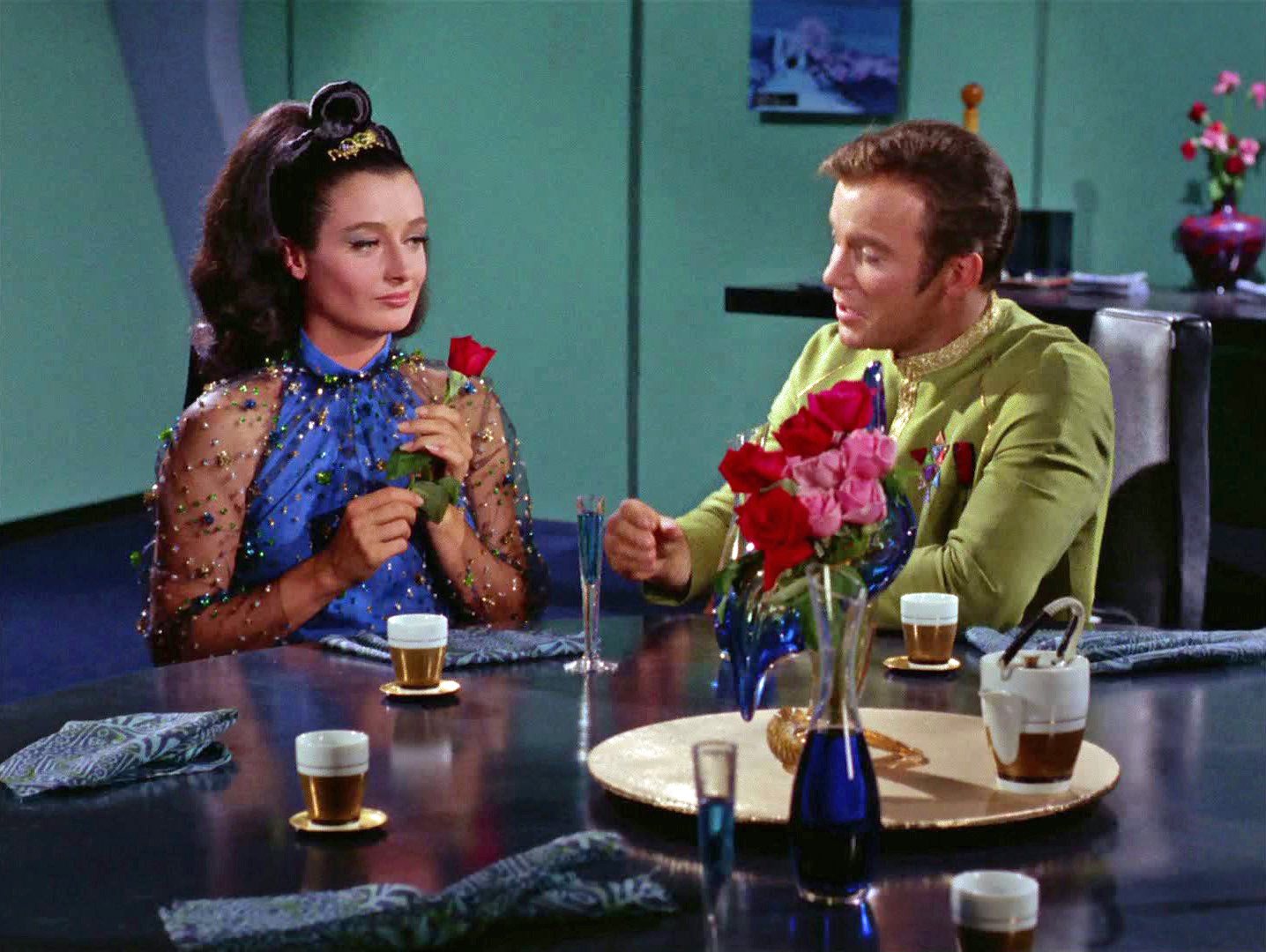
“Spectre of the Gun” is a memorable episode from the original Star Trek series that puts Captain Kirk and his crew in a surreal and dangerous situation. After trespassing into Melkotian space, Kirk and his team are forced to reenact the infamous gunfight at the O.K. Corral, where they are doomed to die as the Clanton brothers. Despite their efforts to negotiate peace or use a sleeping gas bomb, nothing stops the deadly showdown. The twist is that the world they are trapped in doesn’t follow normal reality—bullets can only harm them if they believe they will. Spock uses a mind meld to convince everyone that the bullets are harmless, allowing them to survive the shootout unscathed.
Kirk even fights Wyatt Earp in a fistfight but chooses not to kill him, showing his commitment to non-violence. This act surprises the Melkotians, who then decide to welcome the Enterprise to their planet. The episode cleverly explores themes of perception, belief, and morality, all wrapped in a classic Western setting with a sci-fi twist.
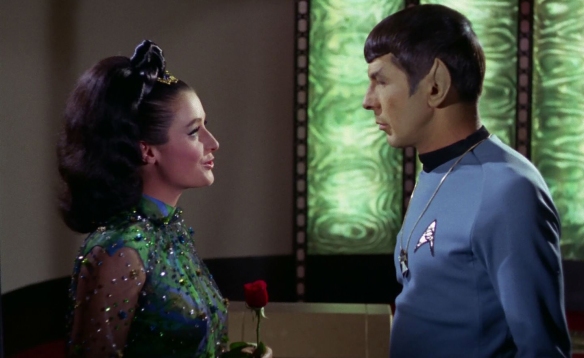
Diana Muldaur is a talented American actress born in Brooklyn, New York, in 1938 and raised on Martha’s Vineyard. She began acting in high school and pursued it through college, graduating from Sweet Briar College in 1960. She honed her craft studying under the renowned acting teacher Stella Adler and made a name for herself on the New York stage. Muldaur is perhaps best known for her television roles, including Dr. Katherine Pulaski in the second season of Star Trek: The Next Generation and Rosalind Shays on L.A. Law. She also appeared in two episodes of the original Star Trek series, playing different characters. Her work earned her multiple Emmy nominations, especially for L.A. Law in 1990 and 1991.
Beyond acting, Diana Muldaur made history as the first woman to serve as president of the Academy of Television Arts & Sciences from 1983 to 1985. She also contributed to the Screen Actors Guild as a board member. Her career reflects both her acting talent and her leadership in the television industry, making her a respected figure in Hollywood.
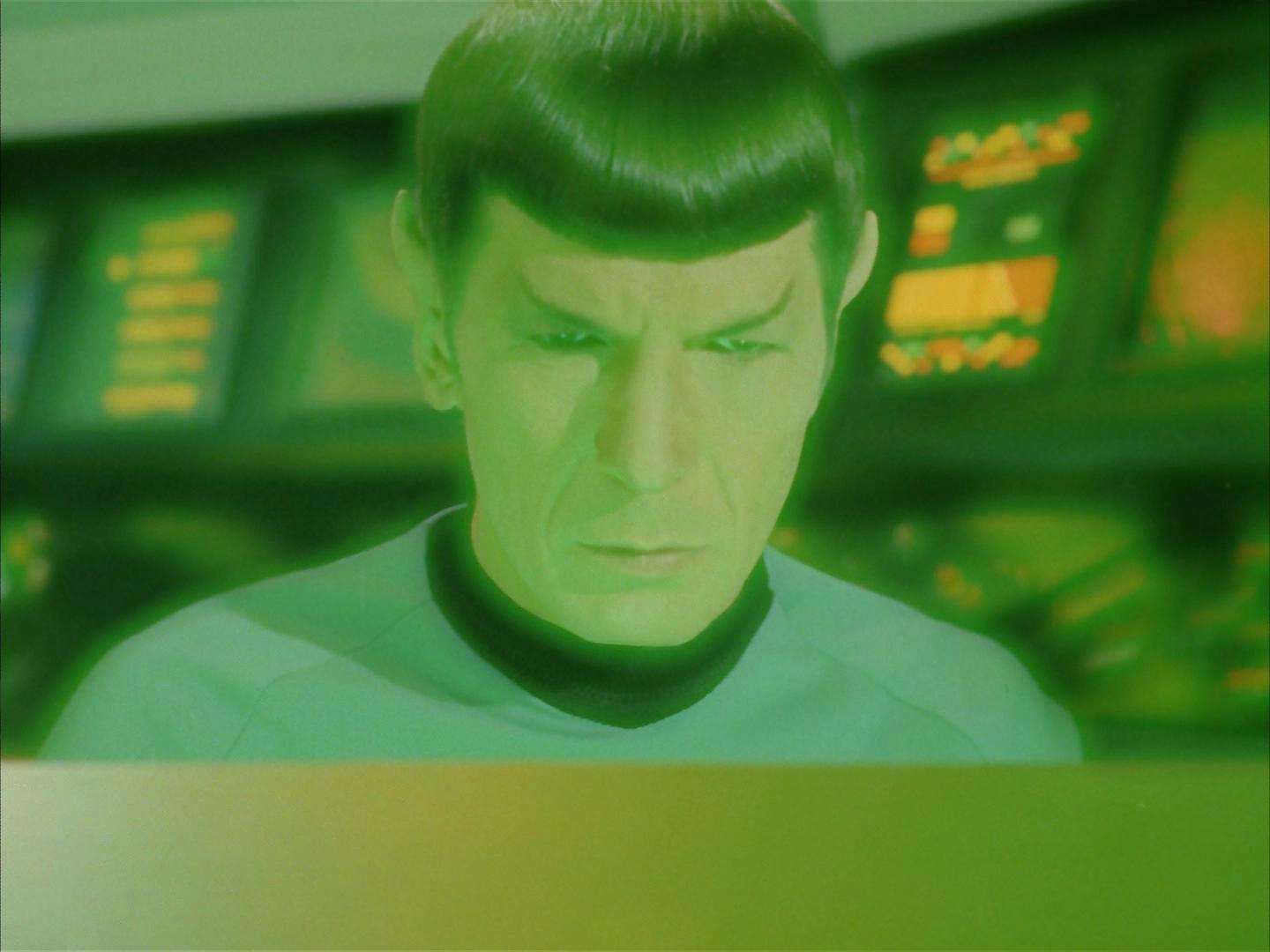
“Is There in Truth No Beauty?” is a memorable episode from Star Trek’s third season that explores themes of perception, beauty, and madness. The Enterprise is tasked with escorting the Medusan ambassador Kollos, a being so visually disturbing that looking at him drives humans insane. Dr. Miranda Jones, a blind telepath, serves as his aide, using her unique abilities to interact safely with Kollos. The episode takes a tense turn when Larry Marvick, a jealous scientist obsessed with Dr. Jones, attempts to kill the ambassador, leading to chaos aboard the ship. Spock ultimately performs a mind-meld with Kollos to navigate the Enterprise back to safety, but the experience nearly drives him mad. The story cleverly challenges the ancient notion that beauty and goodness are inseparable, suggesting that ugliness can have its own value. The episode is praised for its intriguing premise, strong performances, and creative cinematography, including fisheye lenses and hand-held camera work to depict madness. It also features a touching farewell scene where Kirk and Spock express their respect for Dr. Jones.
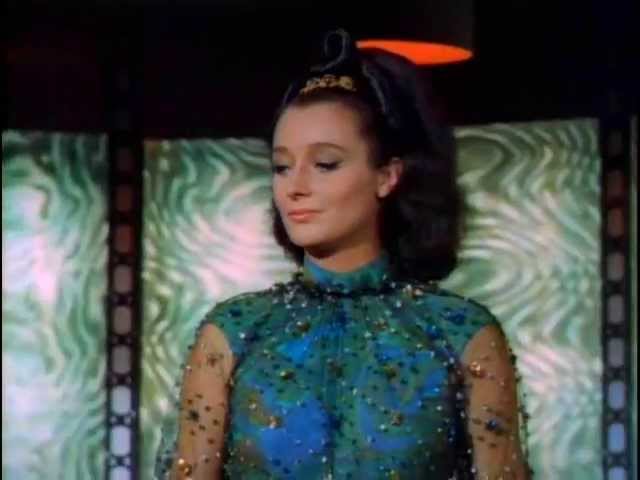
In conclusion, “Star Trek: Is There in Truth No Beauty” serves as a thought-provoking exploration of perception, beauty, and the complexities of communication. Through its rich character interactions and moral dilemmas, the episode challenges viewers to confront their prejudices and assumptions about the unknown. The portrayal of the Medusans and their unique worldview emphasizes the importance of empathy and understanding in bridging differences. As with many Star Trek narratives, this episode encourages us to reflect on our humanity and strive for deeper connections, reminding us that true beauty lies not only in appearances but in the acceptance of diverse perspectives.